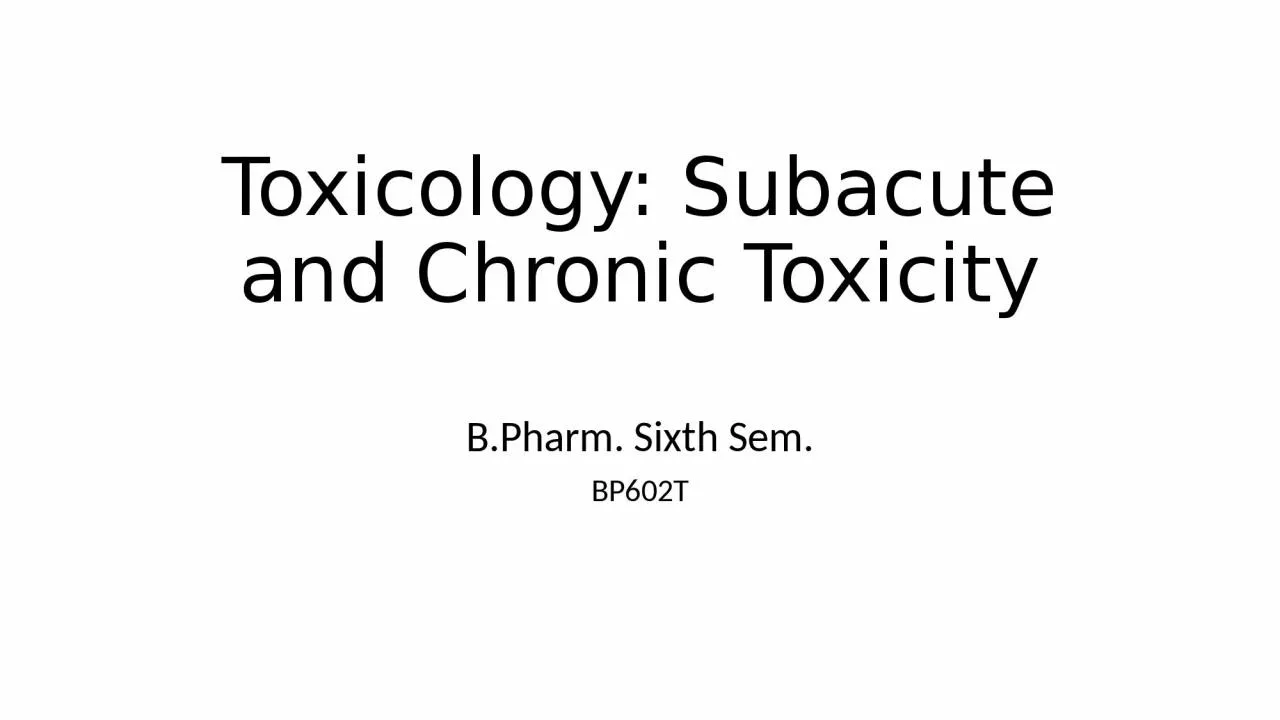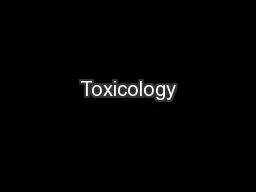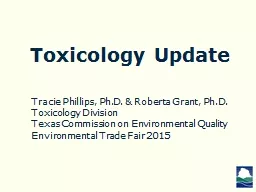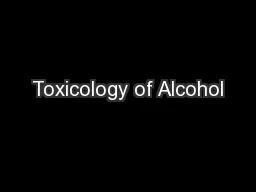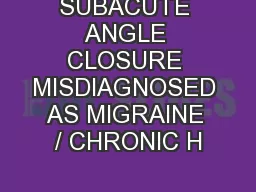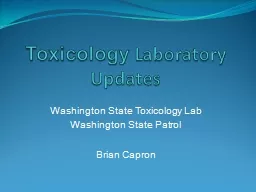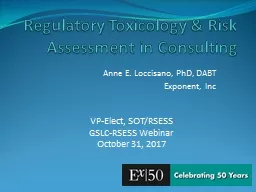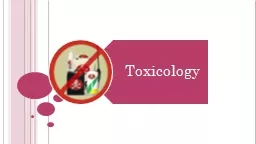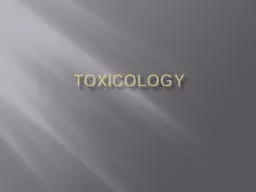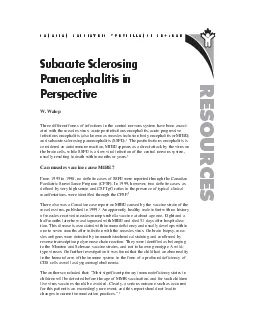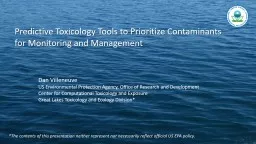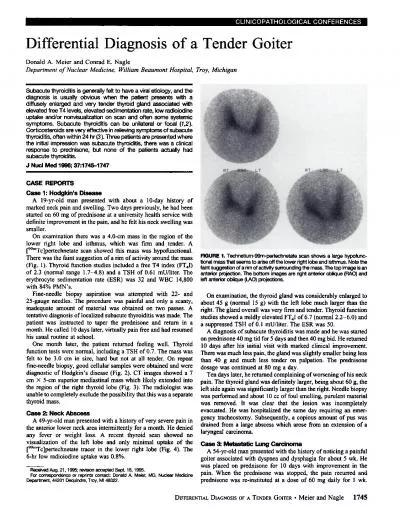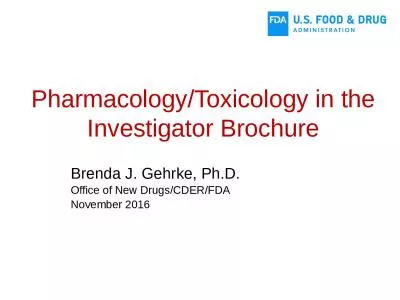PPT-Toxicology : Subacute and Chronic Toxicity
Author : osullivan | Published Date : 2023-10-30
BPharm Sixth Sem BP602T Subacute Toxicity Subacute toxicity studies are intended to evaluate a drugs toxic potential and pathological effects following a treatment
Presentation Embed Code
Download Presentation
Download Presentation The PPT/PDF document "Toxicology : Subacute and Chronic Toxic..." is the property of its rightful owner. Permission is granted to download and print the materials on this website for personal, non-commercial use only, and to display it on your personal computer provided you do not modify the materials and that you retain all copyright notices contained in the materials. By downloading content from our website, you accept the terms of this agreement.
Toxicology : Subacute and Chronic Toxicity: Transcript
Download Rules Of Document
"Toxicology : Subacute and Chronic Toxicity"The content belongs to its owner. You may download and print it for personal use, without modification, and keep all copyright notices. By downloading, you agree to these terms.
Related Documents

